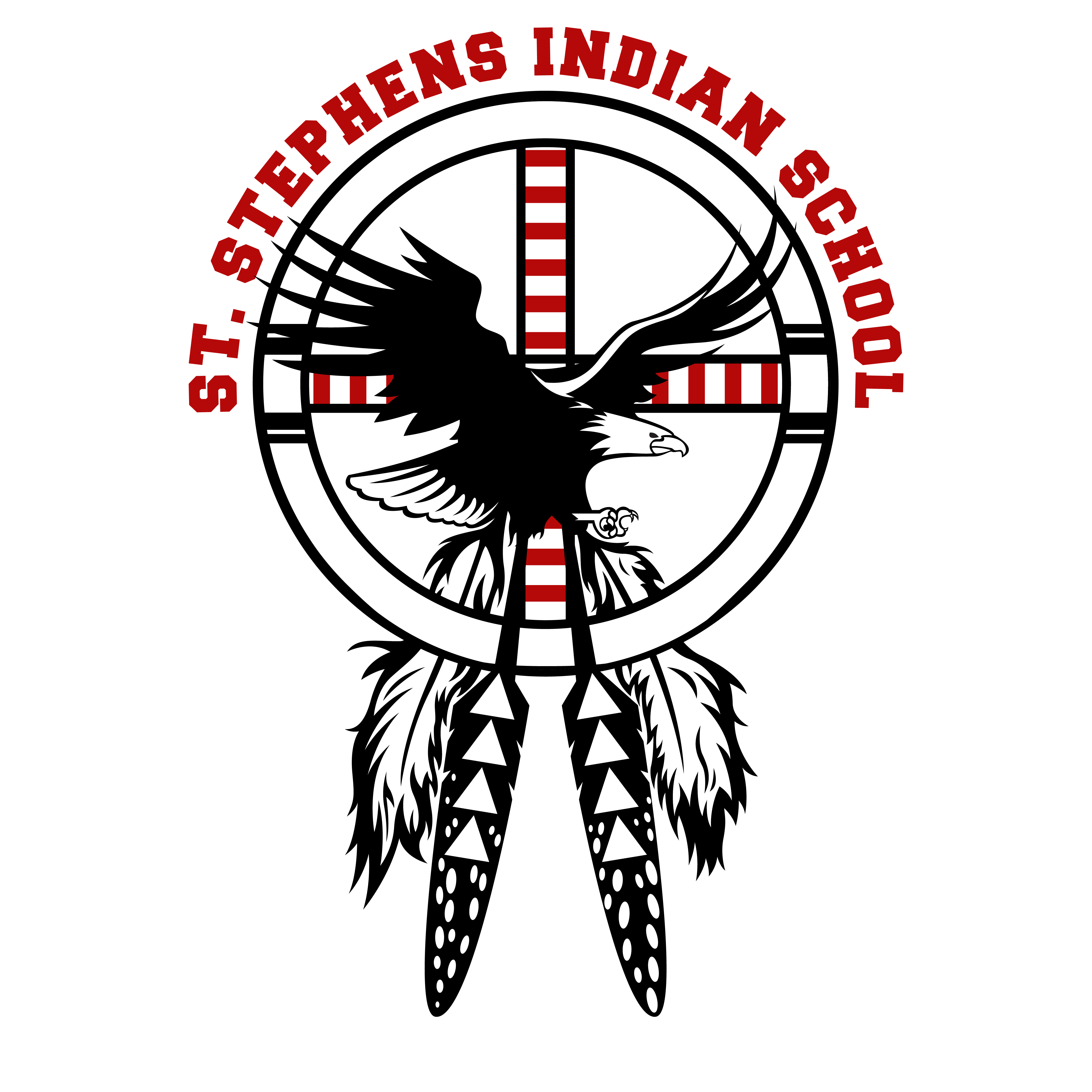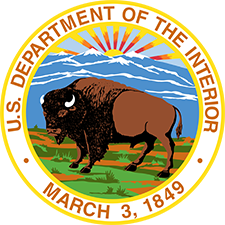Our History

History of St. Stephens Indian School
St. Stephens Indian School’s roots run deep, tracing back more than 120 years.
Founding and Development of St. Stephen's Indian School
St. Stephen's Indian School, located on the Wind River Reservation in Wyoming, has a history deeply rooted in the perseverance of the Northern Arapaho people. Established in 1884 as St. Stephen's Indian Mission, the school was founded in response to Chief Black Coal’s request for education for Arapaho children. Recognizing the importance of literacy and knowledge for future generations, Black Coal stated in 1878:
“This was the country of my fathers, now dead and dying. We love our children. We very much want a good schoolhouse and a good man to teach our children to read your language, that they may grow up to be intelligent men and women, like the children of the White man. And then, when Sunday comes, we would be glad of some good man to teach our children about the Great Spirit.”
Initially, the federal government planned to establish a school at Fort Washakie, primarily serving the Shoshone people. However, Bishop James O’Connor of Omaha offered funds to equip the school and proposed a Catholic administration. When the Indian Agency instead assigned the school to an Episcopal minister, Father John J. Jutz, a Jesuit missionary, sought an alternative. He turned to the Northern Arapaho in the eastern part of the reservation, who welcomed the idea of establishing their own school.
By August 1884, Jutz and Jesuit Brother Ursis Nunlist had constructed a small four-room building that served as a chapel, sleeping quarters, kitchen, reception area, and workshop. This marked the humble beginnings of St. Stephen's Indian Mission. Over time, the school expanded to provide education, religious instruction, and community support.
The Jesuits, who played a significant role in establishing missions across the Plains, recognized that education was a key part of the government’s assimilation policies. Despite the government’s intent to use schools as a means of eroding tribal cultures, St. Stephen's Indian School gradually became a place where the Arapaho people reclaimed control over their children’s education. Over the years, the school transitioned from a government-run institution to a tribally influenced school, preserving Arapaho traditions while providing a modern education.
The Learning Environment at St. Stephen's Indian School
Since its establishment, St. Stephen's Indian School has evolved significantly. Initially, the school followed the boarding school model, where children lived on campus and were immersed in Western-style education. Like many Indian boarding schools of the time, early St. Stephens students were discouraged from speaking their native language or practicing their cultural traditions.
As attitudes toward Native education progressed, so too did St. Stephens. The school expanded its curriculum beyond reading, writing, and arithmetic basics to include vocational training and agricultural education. By the mid-20th century, students learned practical skills such as farming, carpentry, and mechanics, preparing them for reservation life and opportunities beyond.
Today, the school delivers a comprehensive education that balances academic excellence with cultural preservation. The school integrates the Arapaho language, history, and traditional practices into daily lessons, ensuring students remain connected to their heritage. In addition to core subjects such as mathematics, science, and English, students participate in cultural programs that include storytelling, traditional crafts, and ceremonies.
Teachers at St. Stephens are committed to fostering a nurturing learning environment where students feel valued and empowered. The school emphasizes not only intellectual growth but also social and emotional development. Extracurricular activities, athletic programs, and leadership opportunities enrich the student experience, helping students build confidence and a strong sense of identity.
The St. Stephens Community and the Wind River Reservation
St. Stephens Indian School serves the Wind River Reservation, a unique region in Wyoming shared by the Northern Arapaho and the Eastern Shoshone Tribes. This shared land reflects the historical complexity of tribal displacement and federal negotiations.
The Northern Arapaho, originally of the Great Plains, were moved to Wind River in the late 19th century. Their forced relocation was marked by struggles for land rights and sovereignty. Despitehardships, they have maintained their cultural traditions and governance systems. One of the first things a visitor to our school campus sees is a handcrafted metal eagle, a beautiful representation of our school mascot, donated by one of our community members. Masterful architecture brings Native American imagery to life.
The Arapaho people have a rich heritage of storytelling, craftsmanship, and warrior traditions. Their connection to the land remains central to their identity, influencing everything from spiritual practices to modern-day economic ventures. Today, the Northern Arapaho continue to uphold their customs while embracing contemporary education and leadership roles in their community.
St. Stephens Indian School plays a vital role in strengthening this cultural foundation. The school’s programs help students understand their history while preparing them for the future. Community elders regularly participate in school activities, sharing knowledge and reinforcing cultural values. Events such as powwows, language revitalization programs, and intergenerational workshops create a bridge between past and present, ensuring that Arapaho traditions continue to thrive.
Connections to Other Tribes and Communities
St. Stephens Indian School is not only a cornerstone of the Wind River Reservation but also a link to other tribal communities throughout the United States. With approximately 550 federally recognized tribes and 310 reservations across the country, Indigenous communities share common experiences of resilience, cultural preservation, and self-determination.
Over the years, St. Stephens has built relationships with other tribal schools, educational organizations, and cultural institutions. These partnerships create opportunities for student exchanges, cultural celebrations, and collaborative programs that enrich the learning experience.
The school is also engaged in initiatives that support Indigenous education at a national level. By participating in tribal education conferences, policy discussions, and curriculum development projects, St. Stephens contributes to broader efforts to improve Native education. The school serves as a model for integrating cultural teachings with academic achievement, demonstrating that Indigenous schools can thrive while honoring their traditions.
Additionally, St. Stephens fosters connections beyond tribal communities. Collaborations with universities, research institutions, and local organizations provide students with access to higher education pathways, scholarships, and mentorship opportunities. Through these efforts, the school empowers students to pursue careers in various fields while remaining deeply rooted in their identity.
St. Stephens Indian School stands as a testament to the strength and perseverance of the Northern Arapaho people. From its beginnings as a small Jesuit mission to its current role as a leader in Indian education, the school has continually adapted to meet the needs of its students and community. By blending tradition with progress, St. Stephens ensures that future generations will carry forward the legacy of their ancestors while shaping their own paths to success.
Local Attractions
- Fremont County Museums. “Where art meets history.” Explore our history and discover a culture rich in tradition. Fremont County operates three museums, each with a unique focus.
- Wind River Country. Yee-haw! Explore the beautiful Wind River Country. Visit and learn about the Wind River Reservation, go horseback riding, hike the Absaroka wilderness, or pan for gold. We have something everyone in the family can enjoy.



